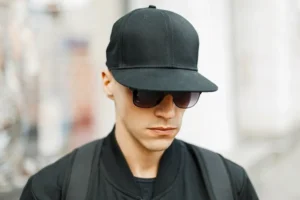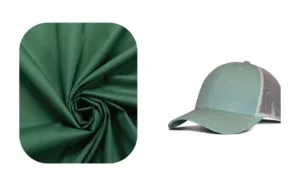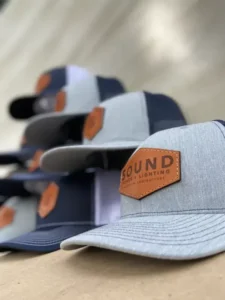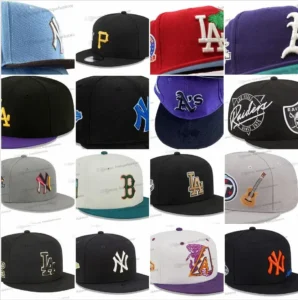Hats have been an essential accessory throughout history — not just for style, but for protection, status, and self-expression. From classic fedoras to trendy baseball caps and cozy beanies, hats capture a unique blend of culture, craft, and innovation. But have you ever wondered what it really takes to make a hat? How does a raw material transform into a perfectly shaped, wearable piece of art?
In this ultimate guide, you’ll get a comprehensive look at how hats are made — from choosing the right materials, designing and patterning, to assembly, customization, and rigorous quality testing. This step-by-step insight unveils the craftsmanship and technology behind every hat you see on the streets, runways, and sports arenas.
Imagine a hat that not only fits your style but is engineered for durability and comfort — crafted with precision from the first sketch to the final stitch. Ready to discover the fascinating journey behind hat-making? Let’s dive deep into the world of hats.
1. What Are the Different Types of Hats?
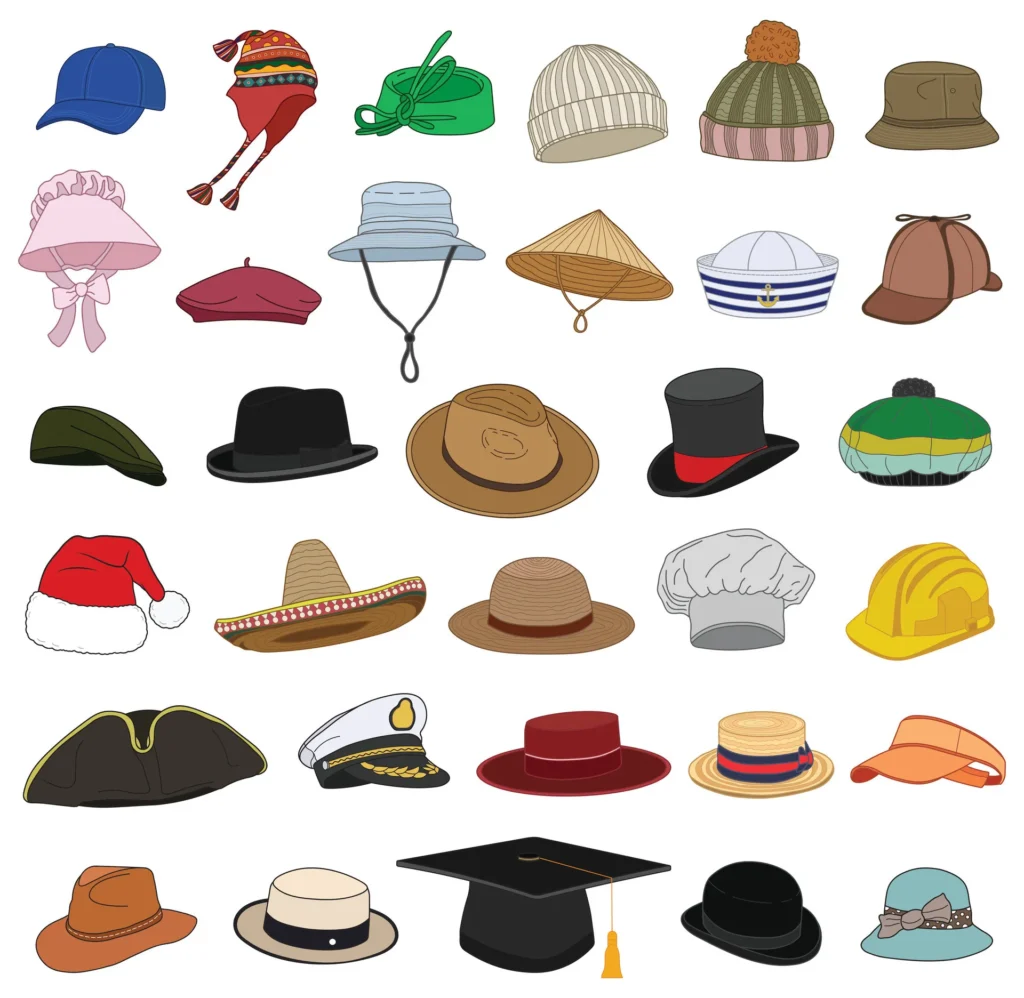
Hats come in a variety of styles and forms, each serving different purposes and occasions. Common types include baseball caps, fedoras, beanies, sun hats, and bucket hats, among others.
Hats are categorized by their shapes, materials, and uses — from sporty caps to elegant formal hats, each designed to fulfill functional and fashion needs.
- Baseball Caps: Known for their curved or flat brims and adjustable straps, perfect for sports and casual wear.
- Fedoras: Characterized by soft felt and a pinched crown, ideal for formal or stylish attire.
- Beanies: Knit caps that offer warmth and comfort during cold weather.
- Sun Hats: Wide-brimmed hats designed for sun protection, commonly made from straw or lightweight fabrics.
- Bucket Hats: Casual hats with a downward-sloping brim, often made of cotton or nylon.
Understanding these types helps in selecting the right manufacturing process and materials.
| Hat Type | Common Materials | Typical Use |
|---|---|---|
| Baseball Cap | Cotton, polyester, wool | Sports, casual wear |
| Fedora | Felt, wool, straw | Formal, fashion |
| Beanie | Wool, acrylic | Cold weather |
| Sun Hat | Straw, cotton | Outdoor, sun protection |
| Bucket Hat | Cotton, nylon | Casual, outdoor activities |
2. Which Materials Are Commonly Used in Hat Manufacturing?
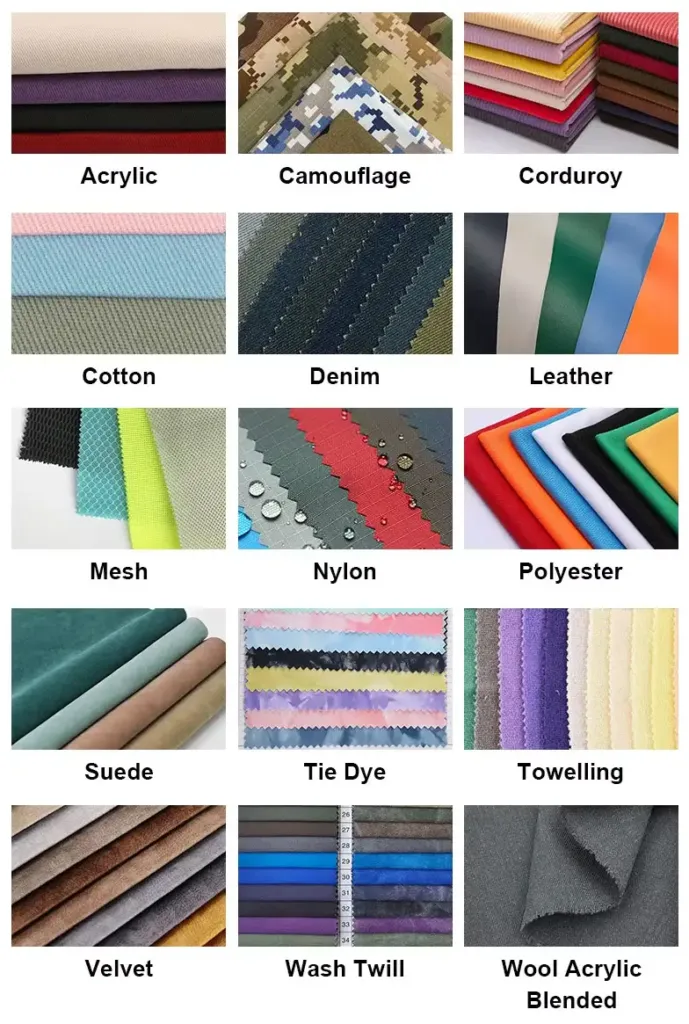
Hat production relies on a variety of materials, chosen based on style, durability, and comfort. Natural fibers like wool and straw, as well as synthetics such as polyester and nylon, dominate the industry.
Materials influence the look, feel, and functionality of hats — wool and felt for warmth, straw for breathability, and synthetics for durability and moisture resistance.
- Wool and Felt: Offer insulation and a soft texture, often used for formal hats like fedoras.
- Straw: Lightweight and breathable, perfect for summer hats.
- Cotton: Versatile and comfortable, widely used for caps and casual hats.
- Polyester and Nylon: Synthetic fibers that add durability, water resistance, and easy care.
- Eco-friendly Materials: Innovations include recycled polyester and organic cotton, aligning with sustainable trends.
Each material demands specific manufacturing techniques to optimize the hat’s performance and aesthetics.
| Material | Properties | Common Hat Types |
|---|---|---|
| Wool/Felt | Warm, soft, moldable | Fedoras, beanies |
| Straw | Lightweight, breathable | Sun hats, summer hats |
| Cotton | Soft, breathable, durable | Baseball caps, bucket hats |
| Polyester/Nylon | Durable, water-resistant | Sports caps, outdoor hats |
| Recycled Fibers | Sustainable, eco-friendly | Various modern designs |
3. How Are Hats Designed and Patterned?
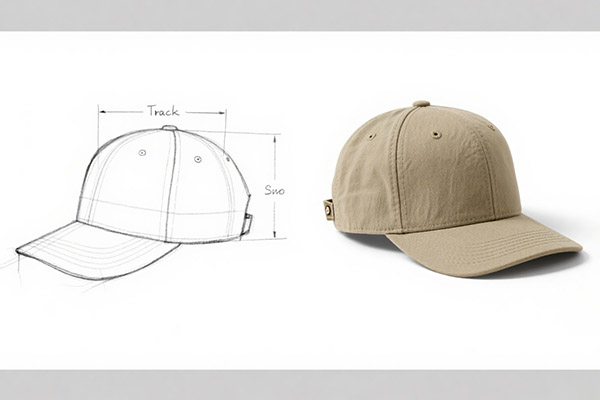
Hat design blends creativity with precision engineering. Designers sketch concepts, select materials, and create patterns that guide production. Modern technology such as CAD (Computer-Aided Design) enhances accuracy and customization.
The design process includes ideation, creating patterns for different sizes, and using software to visualize and adjust hat elements before production.
- Conceptualization: Sketching styles aligned with market trends and customer needs.
- Material Selection: Coordinating fabrics and trims to match design vision.
- Pattern Making: Translating 2D sketches into precise cutting templates for each hat panel.
- Prototyping: Creating initial samples to test fit and aesthetics.
- Tech Integration: Using CAD and 3D modeling to refine designs and streamline manufacturing.
These steps ensure hats are both fashionable and manufacturable at scale.
| Design Stage | Key Activity | Purpose |
|---|---|---|
| Conceptualization | Sketching and trend research | Define style direction |
| Material Selection | Choosing fabrics and trims | Match design requirements |
| Pattern Making | Drafting cutting templates | Ensure fit and consistency |
| Prototyping | Sample creation and review | Test comfort and look |
| Tech Integration | CAD and 3D modeling | Optimize production process |
4. How Are Hats Assembled and Constructed?
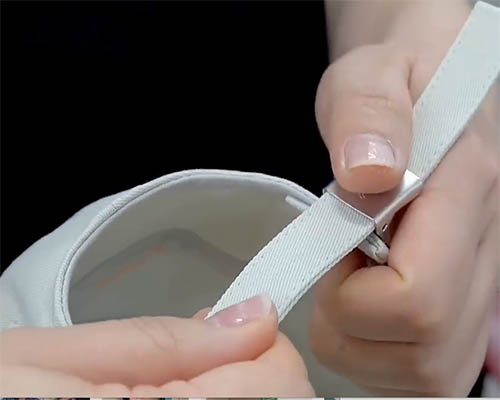
Hat assembly is a blend of manual craftsmanship and automated machinery. After cutting materials according to patterns, components are sewn, shaped, and finished to create the final product.
Construction involves cutting, stitching, shaping the crown and brim, adding linings, and applying finishing touches like labels and closures.
- Cutting: Precision cutting of fabric panels using dies or laser technology.
- Sewing: Stitching panels together, often reinforced in stress areas.
- Shaping: Using steam, molds, or blocks to form the hat’s shape.
- Lining and Sweatbands: Adding comfort and structure inside the hat.
- Finishing: Attaching labels, eyelets, straps, and packaging.
Quality control checks happen throughout to maintain standards.
| Assembly Step | Description | Tools/Techniques |
|---|---|---|
| Cutting | Cutting panels to patterns | Dies, laser cutters |
| Sewing | Stitching panels and trims | Industrial sewing machines |
| Shaping | Molding the crown and brim | Steam, wooden blocks |
| Lining & Sweatband | Adding internal comfort layers | Sewing, adhesives |
| Finishing | Labels, eyelets, closures | Embroidery, heat pressing |
5. How Are Hats Customized and Personalized?
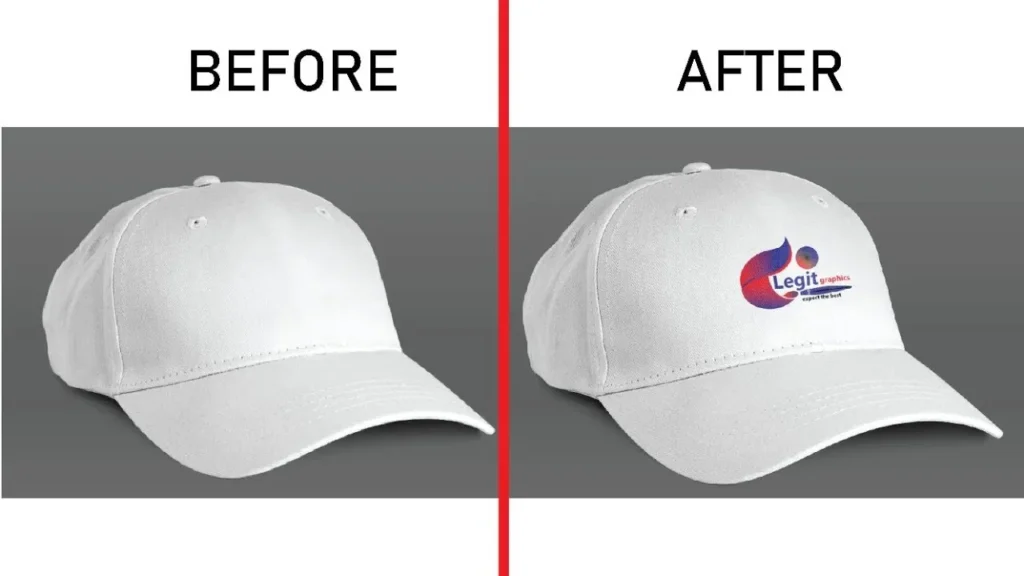
Customization adds brand identity and uniqueness to hats. Methods include embroidery, screen printing, applique, and digital printing. Personalized hats are popular in sports, fashion, and promotional markets.
Personalization techniques enhance aesthetics and consumer appeal by adding logos, text, or decorative elements using advanced technologies.
- Embroidery: Threading designs or logos directly onto the hat fabric.
- Screen Printing: Applying ink through screens for bold, colorful prints.
- Heat Transfer: Using heat to apply vinyl or printed designs.
- Digital Printing: High-detail, multi-color prints with quick turnaround.
- Applique: Sewing patches or fabric shapes onto hats.
Consumer demand is driving innovation towards faster, eco-friendlier customization methods.
| Customization Method | Features | Ideal For |
|---|---|---|
| Embroidery | Durable, textured designs | Sports logos, fashion |
| Screen Printing | Bright colors, bold graphics | Promotional hats |
| Heat Transfer | Versatile, smooth finishes | Small batches |
| Digital Printing | Detailed, multicolor | Complex designs |
| Applique | Fabric patches, 3D effects | Unique styles |
6. How Are Hats Tested for Quality and Durability?

Ensuring hats meet quality standards is vital for brand reputation and customer satisfaction. Tests assess material strength, colorfastness, stitching integrity, and overall durability.
Quality control involves inspections and laboratory testing to confirm hats withstand wear, weather, and repeated use.
- Visual Inspection: Checking for defects, uniformity, and finish.
- Material Testing: Assessing tensile strength, flexibility, and resistance.
- Colorfastness Tests: Ensuring colors don’t fade or bleed.
- Wear Testing: Simulating usage scenarios to check durability.
- Compliance Verification: Meeting regulatory standards for safety and labeling.
Continuous quality monitoring minimizes returns and enhances customer trust.
| Test Type | Purpose | Method |
|---|---|---|
| Visual Inspection | Identify cosmetic defects | Manual inspection |
| Material Testing | Assess strength & flexibility | Lab tensile and tear tests |
| Colorfastness | Verify color durability | Wash and light exposure |
| Wear Testing | Simulate real-life usage | Mechanical abrasion tests |
| Compliance | Ensure regulatory adherence | Certification audits |
Ready to Get Your Custom Hats?
Understanding how a hat is made—from concept to completion—reveals the complexity and passion behind every stitch. If you’re ready to bring your own unique hat designs to life or want premium, sustainable hats manufactured to the highest standards, Kinwin is here to help.
Contact Kinwin today to start your custom hat project, receive a personalized quote, and collaborate with experts committed to quality and innovation.


